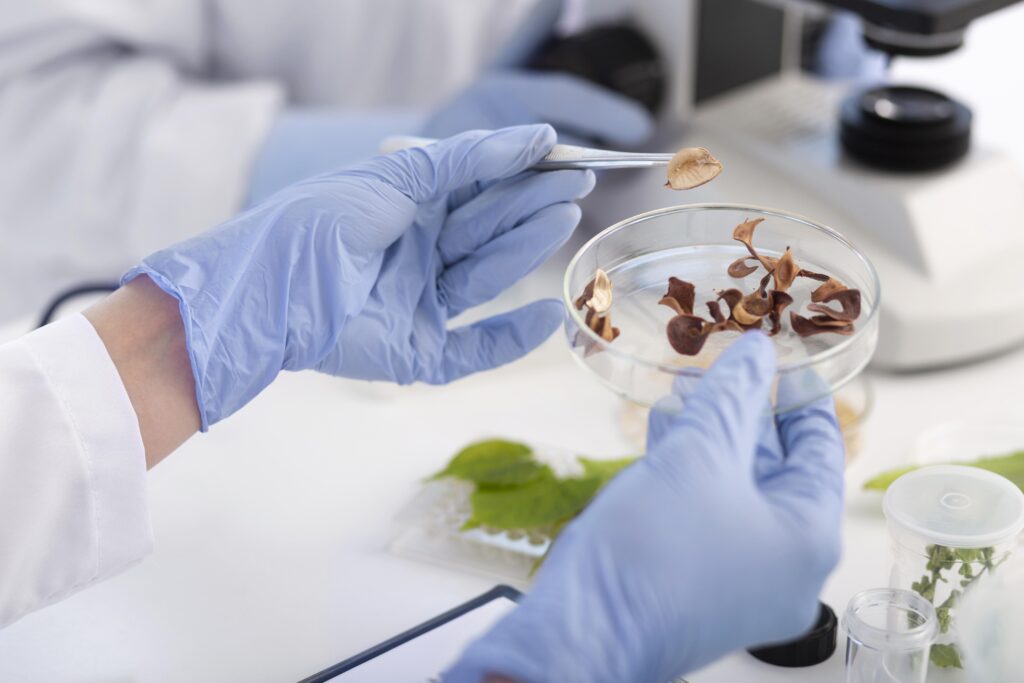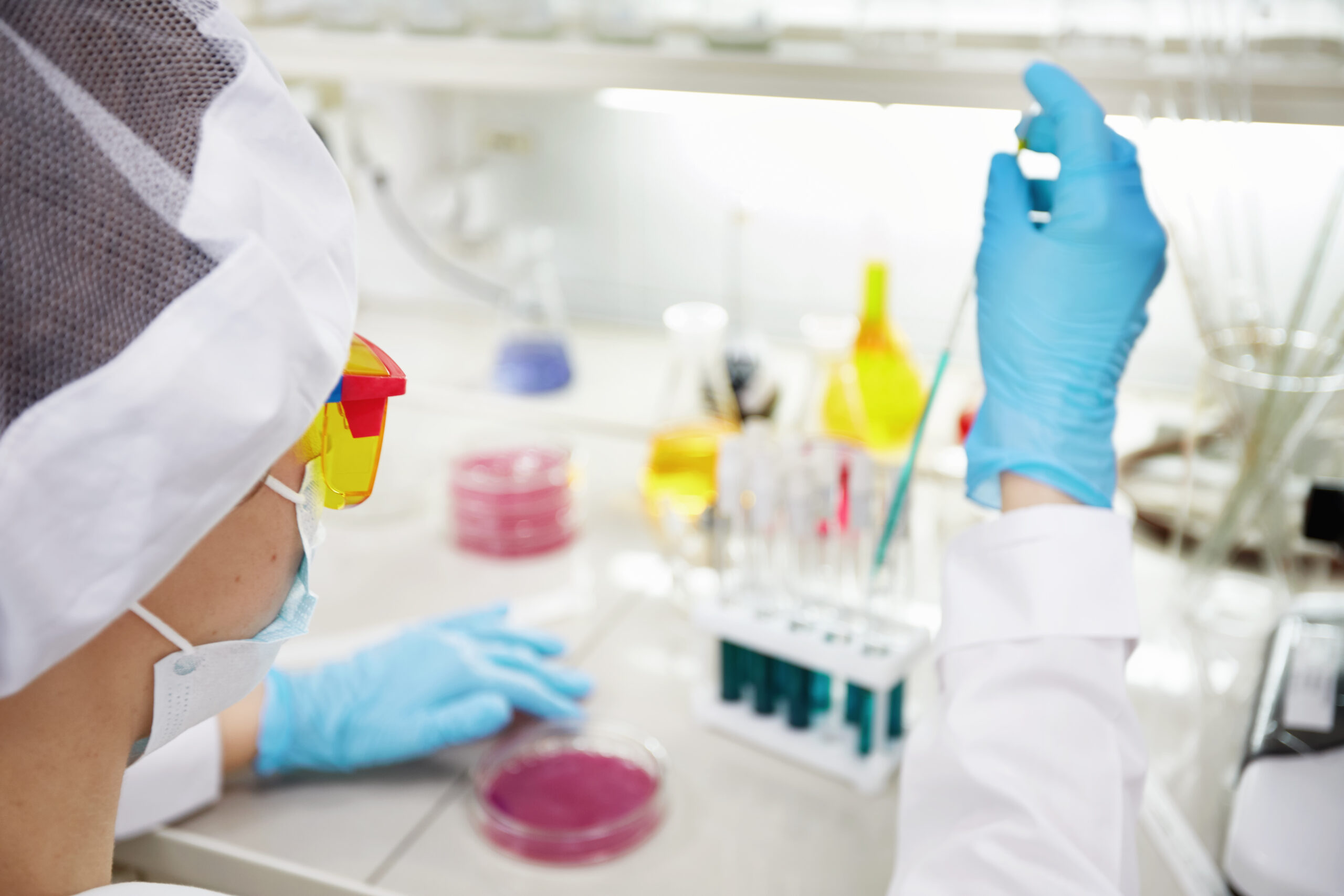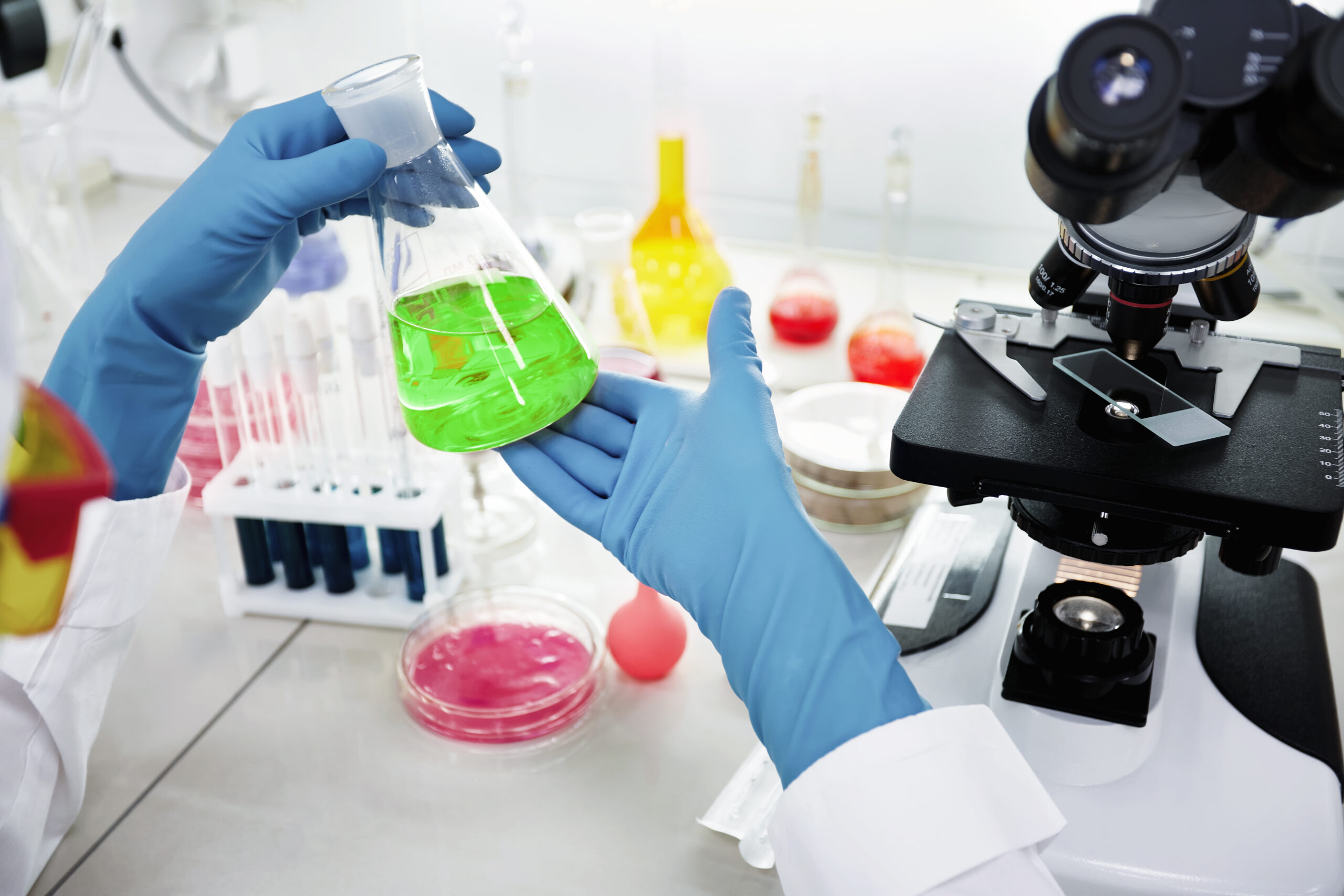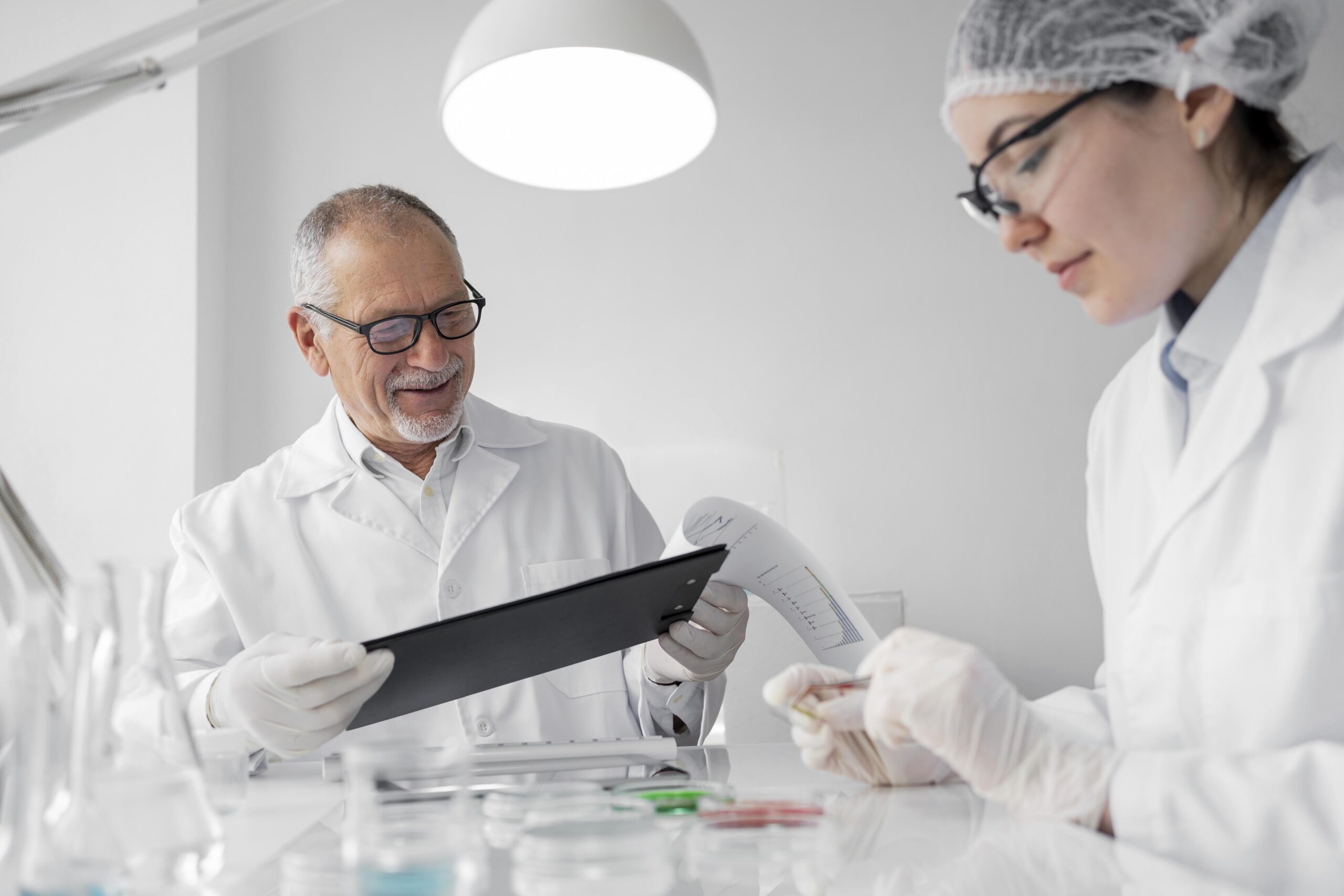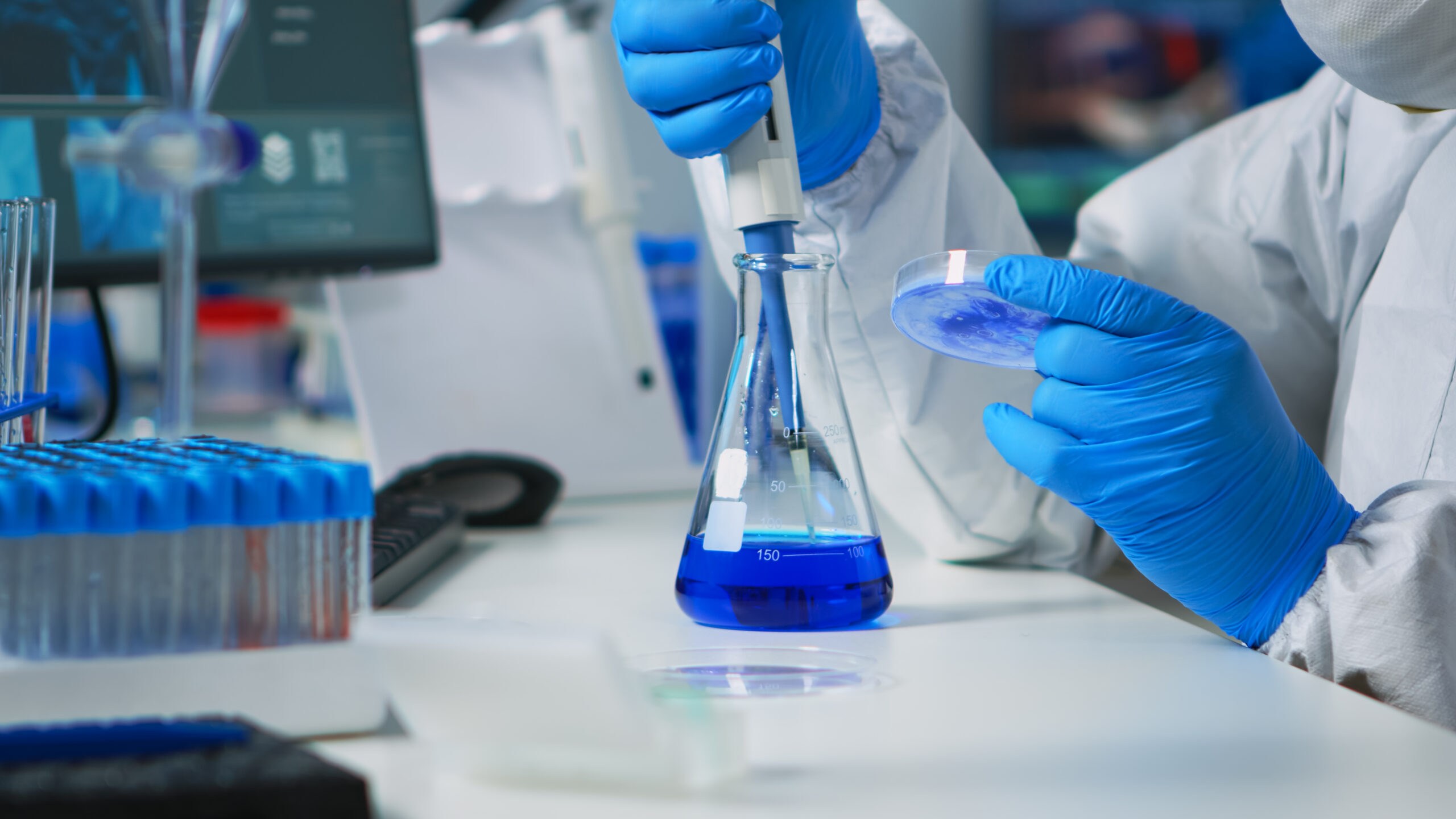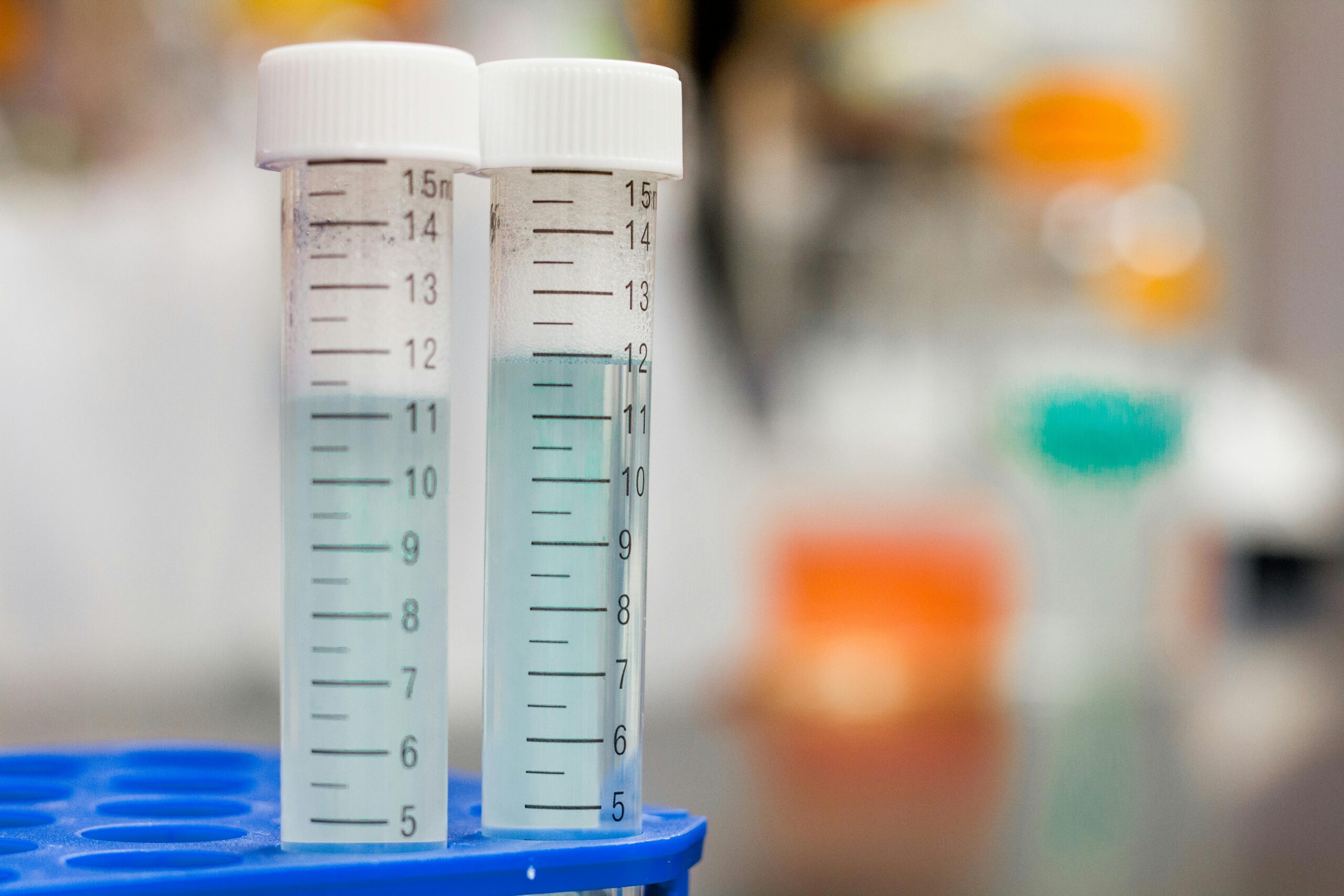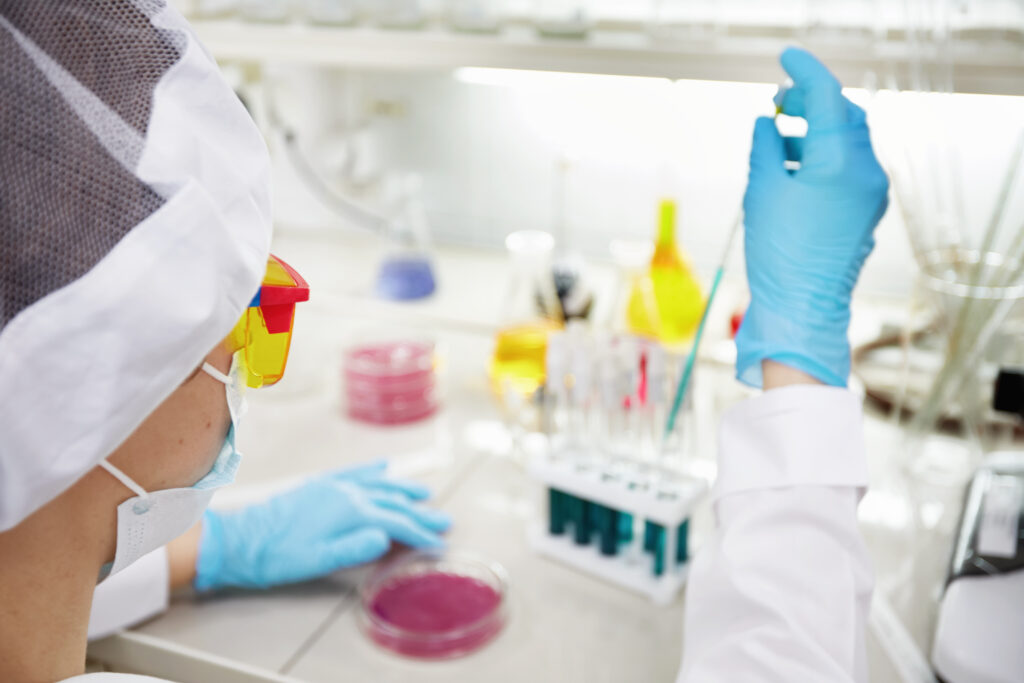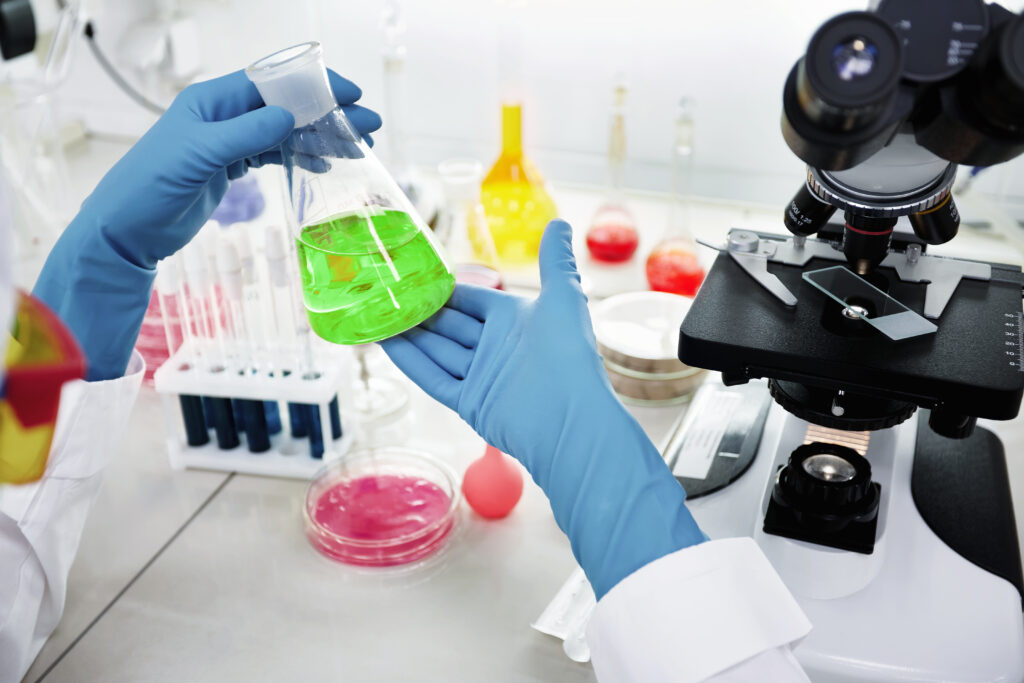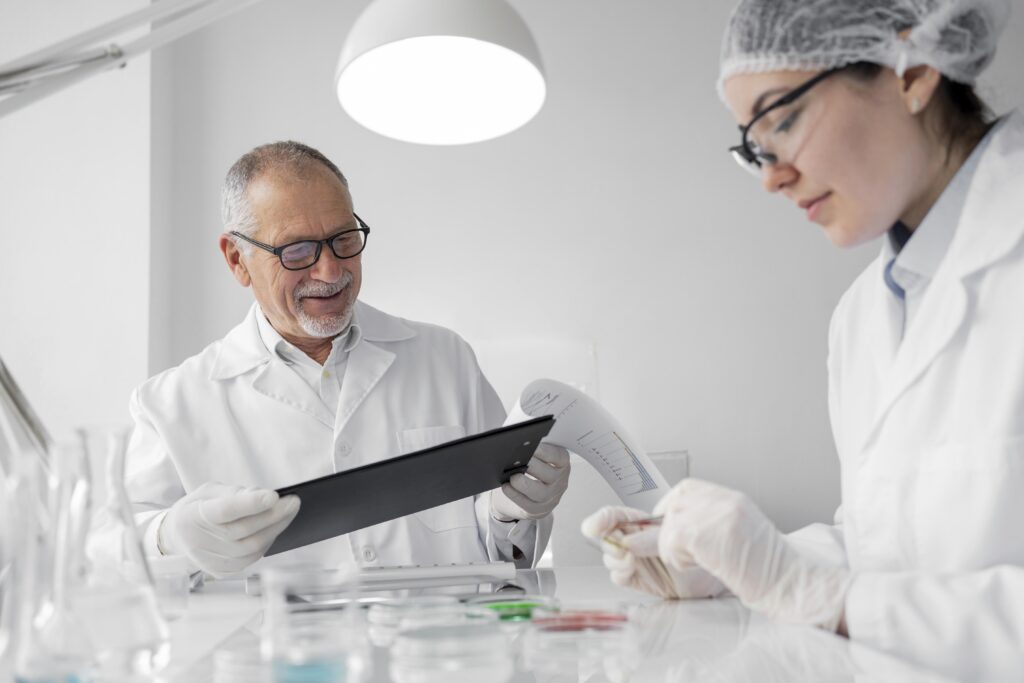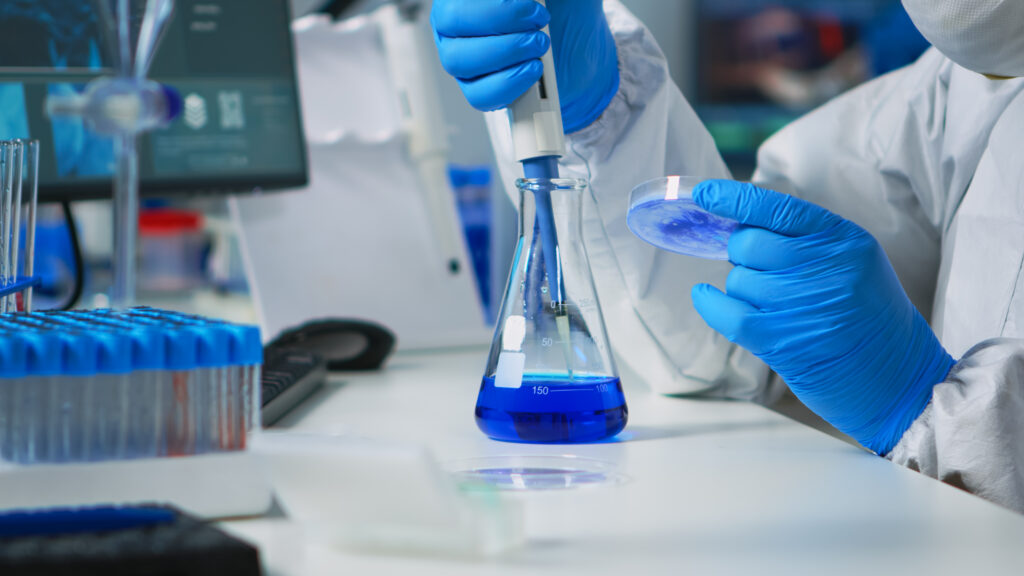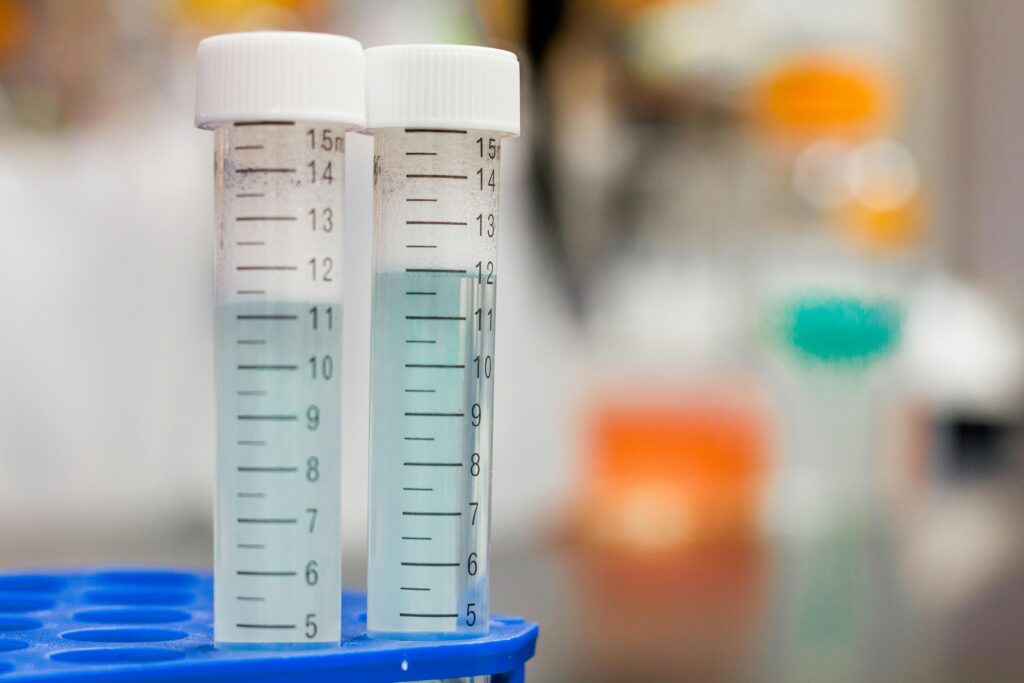In the realm of food production and consumption, safety and quality assurance are not just desirable; they are essential. Every step along the journey from the farm to the consumer’s plate carries potential risks of contamination, allergen exposure, and other hazards that could compromise public health and erode consumer trust. It’s in this delicate balance that the importance of rigorous food testing methods truly shines.
Consider the following situations: a product that is packaged may have allergens that are not disclosed on the label, or a batch of food may contain hazardous bacteria from contaminated soil. Such errors could result in anything from minor ailments to potentially fatal reactions, not to mention harm to the integrity and reputation of food manufacturers and producers.
This is exactly the point at which food testing procedures become stewards of quality and protectors of the public’s health. These techniques are not just optional extras in the food manufacturing process; rather, they are vital instruments used by professionals in the field to maintain safety regulations and guarantee that customers get only the best goods.
Introduction to Food Testing Methods:
Food testing Methods represent an expanding arsenal encompassing different methodologies and innovative technology precisely created to evaluate food samples at every level of the production and distribution process. Their main goal is to carefully examine food samples for infections, pollutants, and essential quality characteristics. By doing so, these methods act as the frontline defenders against possible risks, regulatory non-compliance, and integrity breaches inside the intricate network of the food supply chain.
These techniques are essential foundations of assurance, providing critical information on the quality and safety of food products that millions of people around the world consume. They operate as the eyes and ears of the food sector, tirelessly working to discover hidden threats and maintain the highest levels of excellence.
1. Microbiological Testing:
Every testing method has its own unique set of capabilities, ranging from the minute examination of microbiological testing to the complex analysis of chemical and genetic testing. Whether they are employed to detect harmful bacteria, ensure compliance with stringent regulations, or safeguard the authenticity and purity of food products, these methods are unwavering defenders of consumer welfare and confidence.
2. Chemical Analysis:
A variety of methods are used in chemical analysis to locate and measure chemical components in food samples. Testing for pesticides, heavy metals, additives, preservatives, and leftovers from contaminated environmental materials are all included in this. In food testing, chemical analysis techniques like gas chromatography, mass spectrometry, and high-performance liquid chromatography (HPLC) are frequently employed.
3. Allergen Testing:
The existence of allergenic chemicals in food products, which can cause severe allergic reactions in sensitive people, must be determined through allergy testing. Peanuts, tree nuts, milk, eggs, soy, wheat, fish, and shellfish are among the common allergies. Among the methods used for allergy testing include enzyme-linked immunosorbent assays (ELISA), polymerase chain reaction (PCR), and immunoassays.
4. Sensory Evaluation:
In sensory evaluation, the organoleptic aspects of food products—such as appearance, flavor, texture, aroma, and general palatability—are subjectively assessed by panelists with training. This approach offers insightful information about consumer preferences, acceptability of products, and perceptions of quality. Numerous methods, including preference mapping, consumer testing, and descriptive analysis, can be used to conduct sensory testing.
5. Physical Testing:
The purpose of physical testing is to evaluate the physical attributes and features of food products, such as their size, shape, texture, and moisture content. These tests are crucial for assessing the overall quality, consistency, and integrity of the product. Particle size distribution, texture analysis, water activity measurement, and colorimetry are examples of common physical testing.
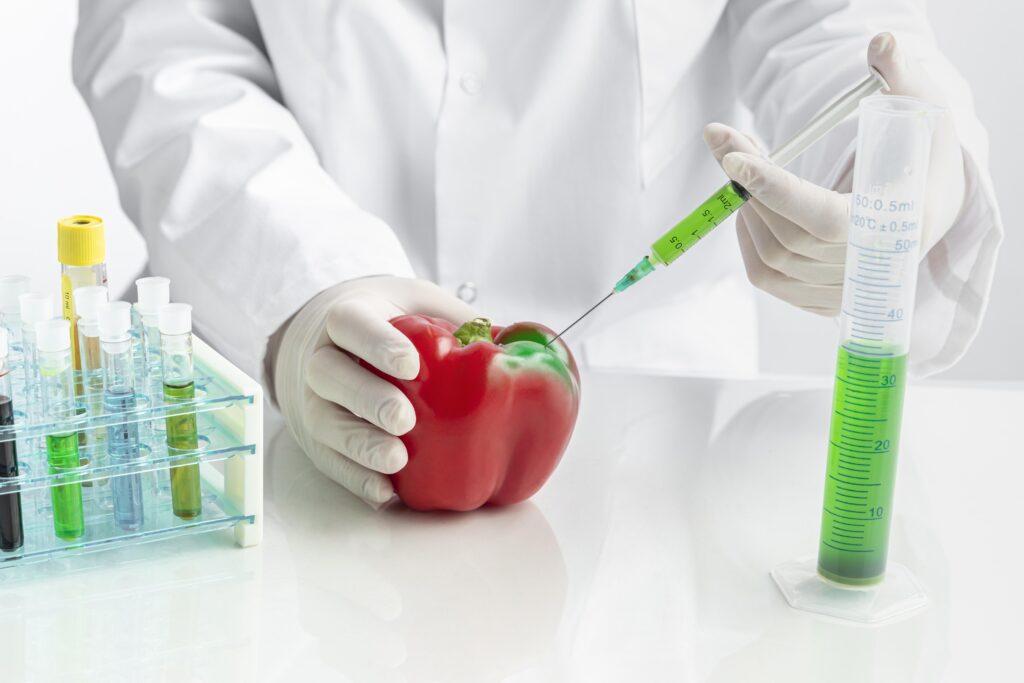
6. Molecular Testing:
Molecular testing is the process of identifying and analyzing DNA, RNA, or protein sequences in food samples for a variety of applications, such as microbiological identification, GMO detection, and species authentication. In molecular testing for food safety and quality assurance, methods like gene expression analysis, DNA sequencing, and polymerase chain reaction (PCR) are used.
7. Environmental Monitoring:
Environmental monitoring is done to evaluate the hygienic conditions of production areas and facilities that process food. This includes checking for microbiological contamination and other possible risks on surfaces, in the air, in water, and on equipment. Throughout the manufacturing process, cross-contamination can be avoided and food safety can be guaranteed with regular monitoring and sanitation procedures.
8. Nutritional Analysis:
Determining the nutritional composition and content of food products, including macronutrients (like carbs, proteins, and fats) and micronutrients (like vitamins and minerals) as well as other dietary components, is known as nutritional analysis. This data is essential for dietary evaluation, formulation development, and label compliance. Nutritional testing makes use of analytical methods such as vitamin measurement, amino acid analysis, and proximate analysis.
9. Shelf-Life Testing:
Determining the nutritional composition and content of food products, including macronutrients (like carbs, proteins, and fats) and micronutrients (like vitamins and minerals) as well as other dietary components, is known as nutritional analysis. This data is essential for dietary evaluation, formulation development, and label compliance. Nutritional testing makes use of analytical methods such as vitamin measurement, amino acid analysis, and proximate analysis.
Check out our blog on Shelf Life Testing
10. Authenticity Testing:
To stop food fraud and mislabeling, authenticity testing confirms the provenance, content, and purity of food products. This involves checking for pollutants, adulterants, and fake components that could taint the authenticity and quality of the product. Spectroscopic methods, DNA fingerprinting, and isotope analysis are used in authenticity testing to verify the identification and integrity of the product.
Conclusion:
Food testing methods play a critical role in safeguarding public health, ensuring compliance with regulatory standards, and upholding consumer confidence in the food supply. By employing a combination of microbiological, chemical, sensory, and molecular techniques, food manufacturers can effectively identify potential hazards, maintain product quality, and mitigate risks throughout the production process. With continuous advancements in technology and analytical capabilities, the future of food testing holds promise for even greater precision, efficiency, and reliability in safeguarding the global food supply chain.
In conclusion, food testing methods are essential tools for guaranteeing safety and quality assurance in the food industry. By incorporating these top 10 methods into their quality control processes, food manufacturers can uphold the highest standards of excellence and ensure consumer trust in their products.

